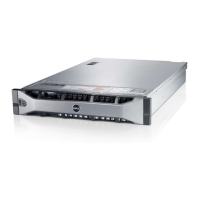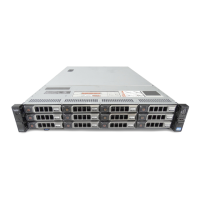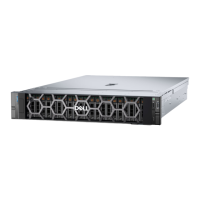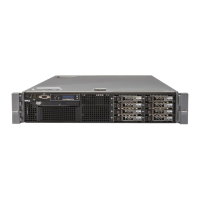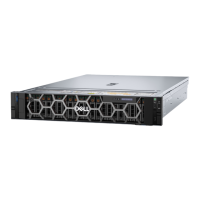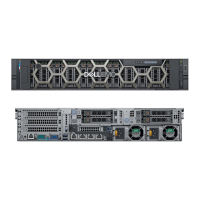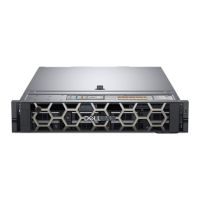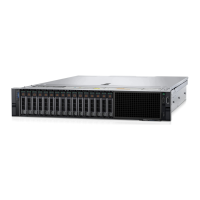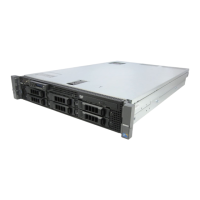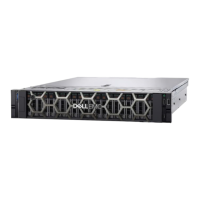Viewing System BIOS
Boot Settings
You can use the Boot Settings screen to set the boot mode to either BIOS or UEFI. It also enables you to
specify the boot order.
Related Links
Boot Settings details
System BIOS
Viewing Boot Settings
Choosing the system boot mode
Changing the boot order
Viewing Boot Settings
To view the Boot Settings screen, perform the following steps:
1. Turn on, or restart your system.
2. Press F2 immediately after you see the following message:
F2 = System Setup
NOTE: If your operating system begins to load before you press F2, wait for the system to finish
booting, and then restart your system and try again.
3. On the System Setup Main Menu screen, click System BIOS.
4. On the System BIOS screen, click Boot Settings.
Related Links
Boot Settings
Boot Settings details
Choosing the system boot mode
Changing the boot order
Boot Settings details
The Boot Settings screen details are explained as follows:
Option
Description
Boot Mode Enables you to set the boot mode of the system.
CAUTION: Switching the boot mode may prevent the system from booting if
the operating system is not installed in the same boot mode.
If the operating system supports UEFI, you can set this option to UEFI. Setting this
field to BIOS allows compatibility with non-UEFI operating systems. This option is
set to BIOS by default.
NOTE: Setting this field to UEFI disables the BIOS Boot Settings menu. Setting
this field to
BIOS disables the UEFI Boot Settings menu.
Boot Sequence
Retry
Enables or disables the Boot Sequence Retry feature. If this option is set to Enabled
and the system fails to boot, the system reattempts the boot sequence after 30
seconds. This option is set to Enabled by default.
Hard-Disk Failover Specifies the hard drive that is booted in the event of a hard drive failure. The
devices are selected in the Hard-Disk Drive Sequence on the Boot Option Setting
menu. When this option is set to Disabled, only the first hard drive in the list is
47
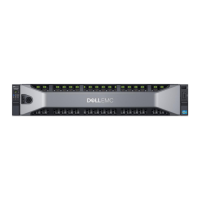
